Linton Stone Circle
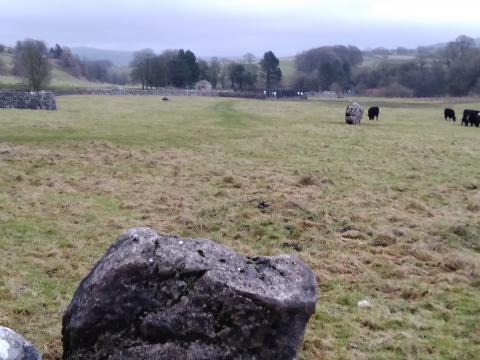
I recently called at Linton, the riverside village close-by Grassington in North Yorkshire. The church there is 12th century, which allows us to forgive its rather squat appearance, lacking as it does a proper bell tower. I have a certain affinity for the place; I am fond of its current incumbent while his predecessor in the 1490s founded the school at which I have worked these sixteen years.
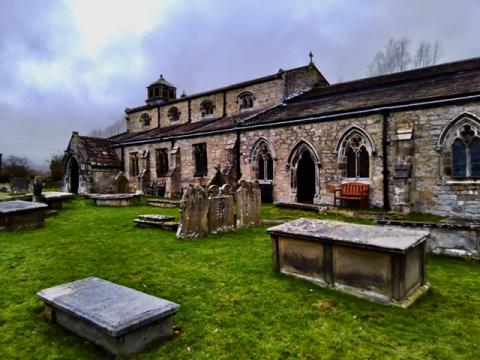
Interestingly, in the adjacent field, a number of large stones may be seen, one especially so. Their positions, and those smaller ones built into the boundary wall, would suggest they made part of a pagan stone circle. The other stones were likely claimed and cannibalised by entrepreneurial members of the local population to assist with their own building projects.
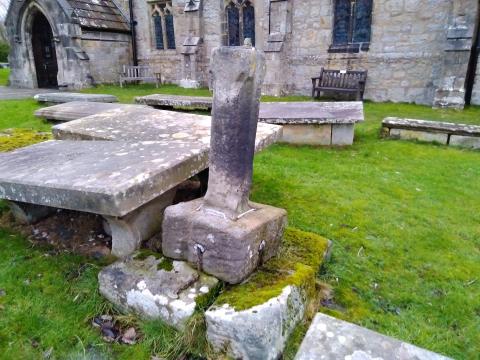
Not far from the church is a small stone pillar rising from an ancient base. Doubtless, it once had upon it some seventeenth or eighteenth-century sundial, now lost. Originally, it was probably a Saxon preaching cross from the seventh or eighth centuries. Some brave Christian missionary may have sought to de-paganise the circle, making it now a focus for gospel preaching rather than whatever rituals or capers had hitherto been carried out. In time, a wooden church was built next to it, and then the stone structure we see today.
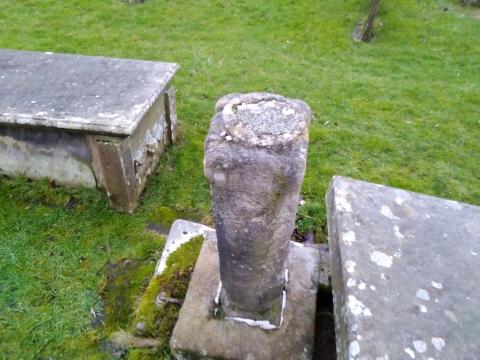
One day I shall write about all the religious changes and transformations that the church itself would have witnessed, but for now I content myself with its grounds. From pagan circle, to Saxon preaching station, to solid, stone parish church. The cross erecters and church builders really wanted to leave their mark where spiritual ignorance had once reigned supreme. In the 2020s, a new paganism is sweeping the land. Its adherents may not cavort among the stones, but they worship possessions, sacrifice children and live for pleasure. As the Bible becomes increasingly forgotten, the churches empty and the gospel is increasingly rejected, God calls a new generation to plant the cross in the very midst of darkness.
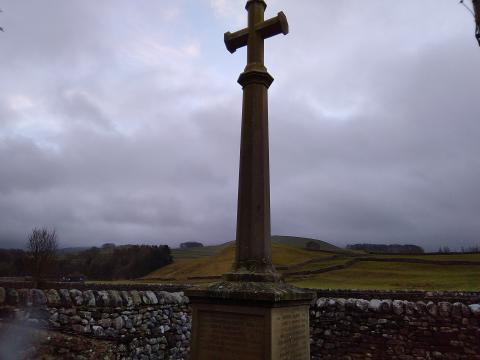
- Log in to post comments


 Sunday Worship 10.45am & 6.00pm
Sunday Worship 10.45am & 6.00pm